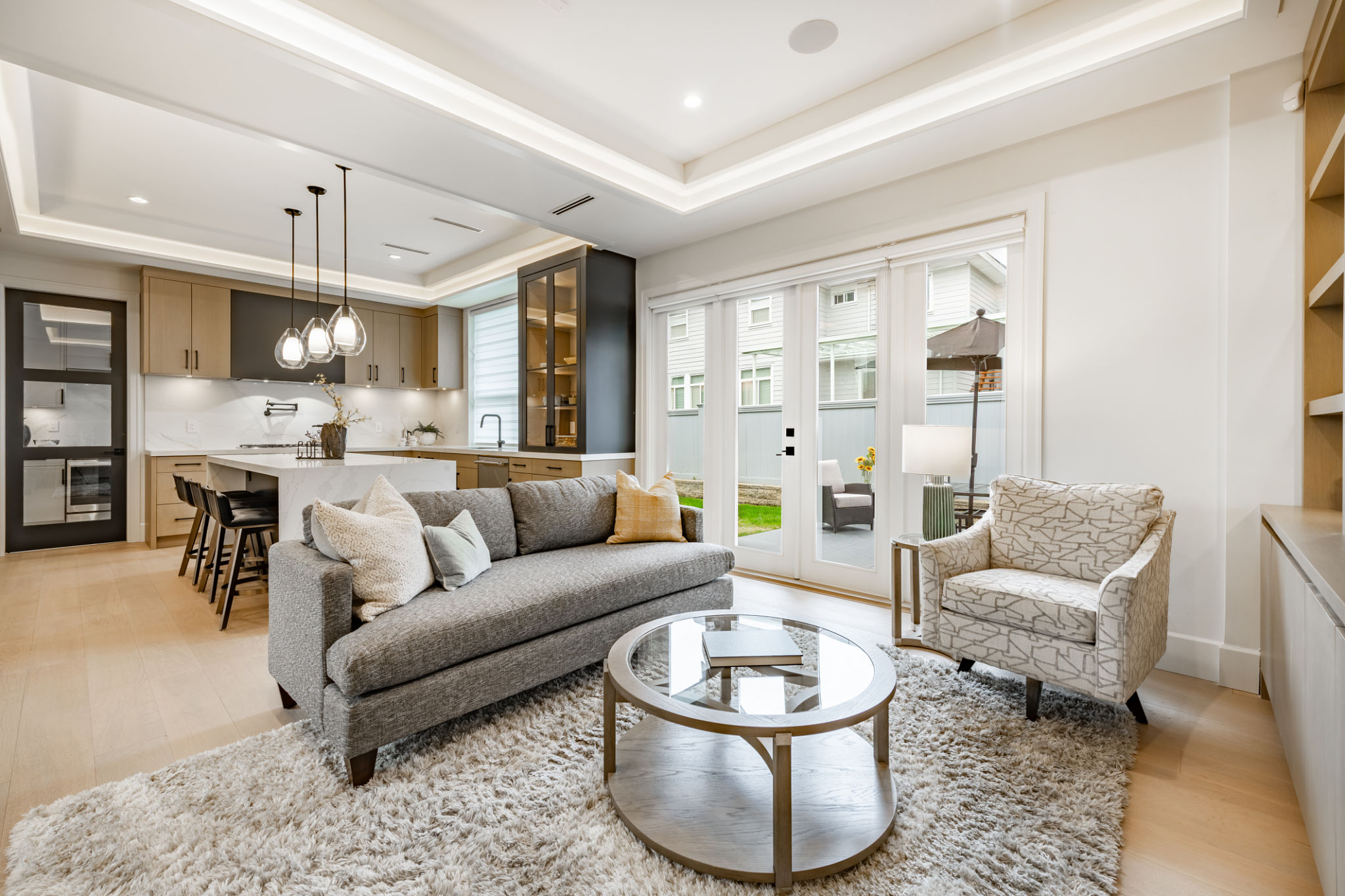Case Study: Transforming a Historic Middlesex County Home
Introduction to the Renovation Journey
Transforming a historic home is a delicate balance of preserving the past while incorporating modern comforts. This case study focuses on a remarkable renovation project in Middlesex County, where a historic home was meticulously updated without losing its unique charm. The goal was to enhance the home's functionality while respecting its architectural heritage.

Understanding the Home's History
The home, built in the late 1800s, had stood as a testament to the architectural style of its era. Steeped in history, it featured intricate woodwork, original stone foundations, and expansive, welcoming porches. However, age had taken its toll, and the house required significant updates to meet modern living standards.
Before embarking on the renovation, it was crucial to understand the home's historical significance. This involved reviewing old blueprints, researching the architectural style, and consulting with local historians to ensure that any changes respected the original design.
The Renovation Process
The renovation process was divided into several stages, each focusing on different aspects of the home:
- Structural Integrity: Reinforcing the foundation and addressing any structural issues to ensure safety and longevity.
- Restoration of Original Features: Preserving and restoring key elements such as moldings, fireplaces, and flooring.
- Modernization: Upgrading plumbing, electrical systems, and insulation to improve energy efficiency and comfort.

Challenges Encountered
Renovating a historic home comes with its set of challenges. One major issue was finding materials that matched the original construction. This required sourcing reclaimed wood and custom fabrications. Additionally, integrating modern technology without disrupting the historical aesthetics was a complex task that demanded innovative solutions.
The Design Philosophy
The design philosophy centered on maintaining the home's historic essence while introducing modern elements subtly. By using period-appropriate colors and textures, the team ensured that new additions blended seamlessly with the original architecture. The result was a harmonious blend of old and new.

Outcome and Impact
The renovated home has not only preserved its historical value but has also significantly increased in functionality and market value. The owners now enjoy a comfortable living space that respects the past while embracing modern conveniences. This project has become an inspiring example for other historic renovations in Middlesex County.
Lessons Learned
This case study highlights several key lessons for anyone considering a similar project:
- Respect the History: Always start with a thorough understanding of the home's historical context.
- Plan Meticulously: Detailed planning is crucial to balance preservation with modernization.
- Collaborate with Experts: Involve professionals who specialize in historic renovations to navigate challenges effectively.
Ultimately, transforming a historic home requires patience, respect for history, and a clear vision for the future. This Middlesex County project demonstrates how these elements can come together to create a stunning and functional living space.
